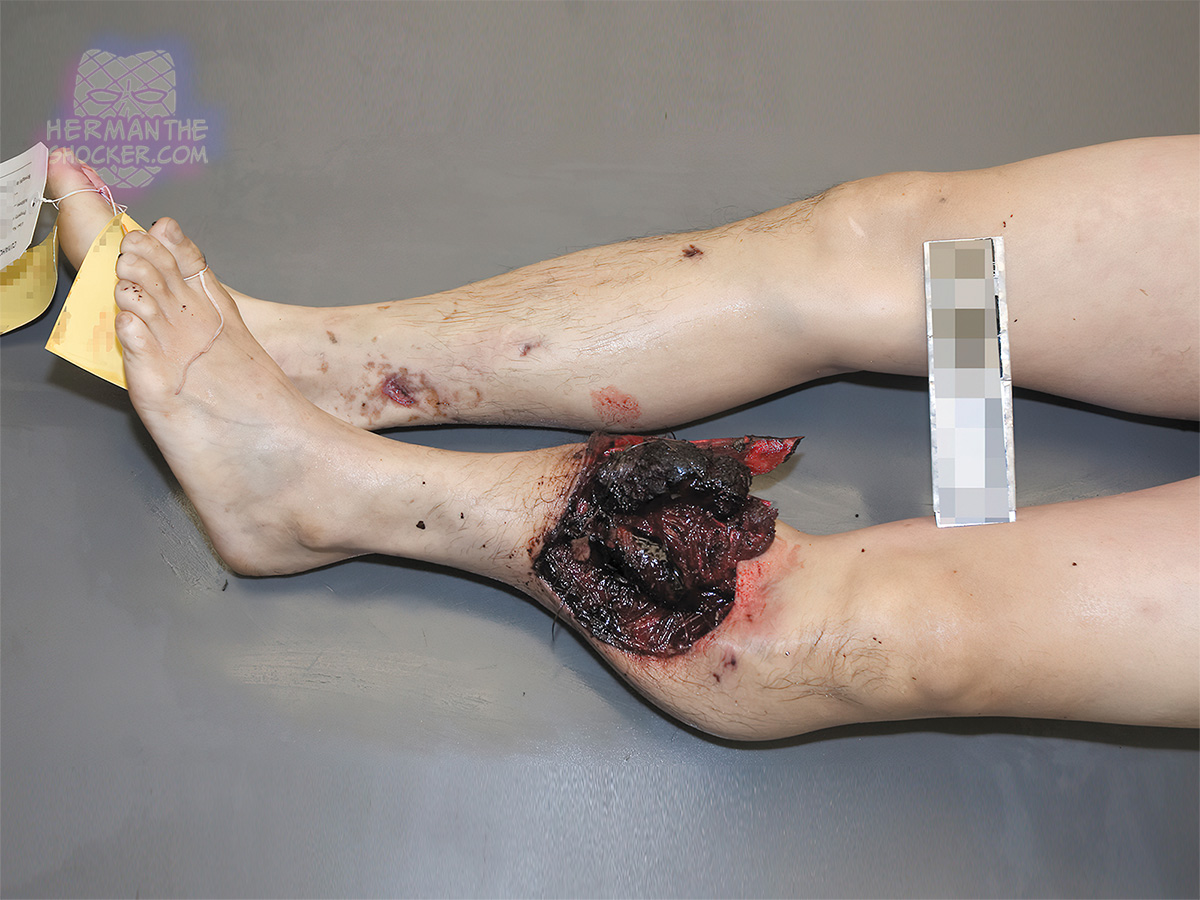The forces necessary to cause skeletal fracture is usually significantly greater but may be dependent on the condition of the bones at the time of impact. Under normal circumstances, significant force is needed to cause fracture to bones such as the long bones of the arms and legs, pelvis, and skull. However, individuals who are malnourished, who are infants or children with genetic bone diseases, or who are elderly, may have weaker bones that are more prone to fracturing with less force or impact.
Elderly individuals with advanced osteoporosis may sustain a hip fracture by just simply taking a step while walking upright. Individuals with metastatic cancer may also have weakened bones due to infiltration by cancer, and sustain a pathological fracture with little or no force or impact. Fractures may be visible externally as obvious deformity, sometimes with protrusion through the skin (compound/open fracture), and otherwise illuminated by an x-ray.
Latest posts








